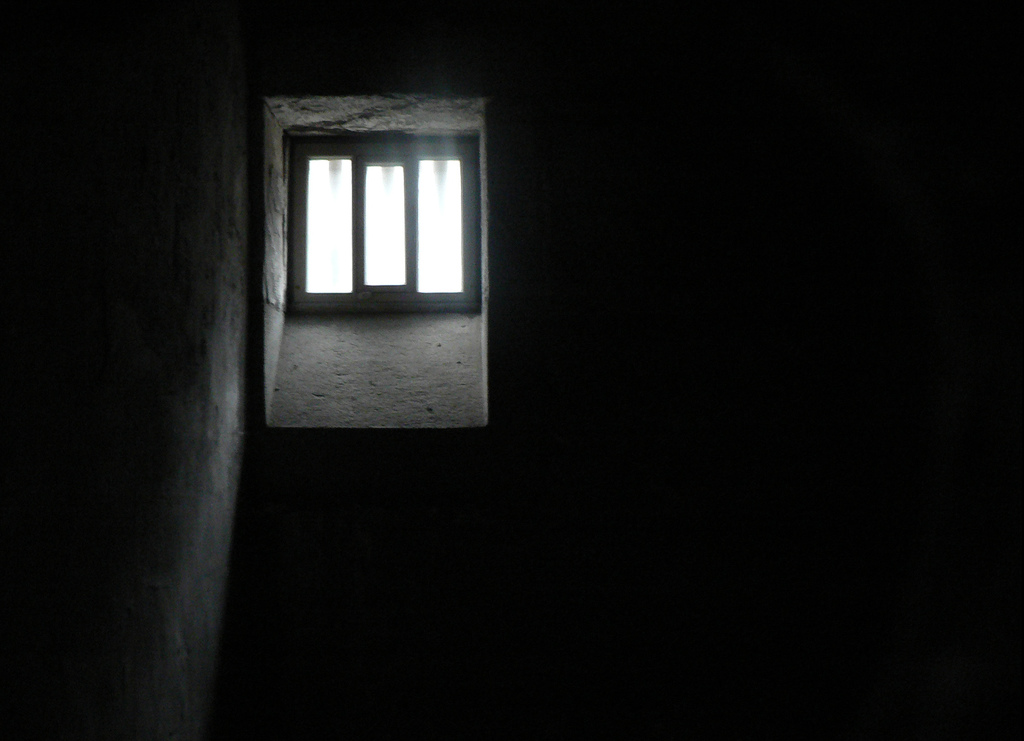For more than a decade, Immigration and Customs Enforcement (ICE) has been criticized for the inadequate medical care available in its detention facilities, which has had deadly repercussions. This week, two more people died while in ICE custody—Jose Leonardo Lemus Rajo, 23, of El Salvador and Igor Zyazin, 46, of Russia. Rajo, who was in ICE custody for three days, died on April 28 at a Miami, FL hospital after being transferred from the Krome Detention Center. Five days later, Zyazin died at the Otay Mesa Detention Center in San Diego, CA. He was in ICE custody for 10 days after presenting himself at the border.
Sadly, the deaths of Zyazin and Rajo are the most recent in a long list. According to ICE records, 159 people have died in ICE custody to date since October 2003. In many of these cases, the abysmal medical care provided at any one of the 637 immigration detention facilities run or overseen by ICE was a major contributing factor in the person’s death.
Earlier this year, the American Civil Liberties Union (ACLU), Detention Watch Network, and National Immigrant Justice Center highlighted eight prominent deaths in the report Fatal Neglect: How ICE Ignores Death in Detention, which condemns the inspection system and highlights how violations of medical standards have contributed to the deaths.
Examining documents obtained through a Freedom of Information (FOIA) request, Fatal Neglect counted 56 deaths in ICE custody under President Obama’s administration, six of which were suicides and at least one death followed a suicide attempt.
When someone dies in ICE custody, the Office of Professional Responsibility (OPR) within ICE is responsible for investigating the death, and often the Office of Detention Oversight (ODO) will conduct a review. Nearly half of the death reviews made public by ICE in response to the FOIA suggest that failure to comply with ICE medical standards contributed to the detainee deaths. In three-quarters of deaths attributed to substandard medical care, the victims were held in for-profit prisons.
Despite the ODO reports showing that violations of ICE medical standards contributed to deaths, facility inspections often ignore this evidence. Seven of the eight ICE facilities discussed in Fatal Neglect passed their routine inspection despite the serious flaws that contributed to a person’s death. As the report states:
“….even though ICE’s own death reviews identified violations of ICE medical standards as contributing factors in these deaths, ICE detention facility inspections conducted before and after these deaths failed to acknowledge—or sometimes dismissed—the critical flaws identified in the death reviews.”
The report reiterates the complexity—and dysfunction—of ICE’s inspection and detention system, outlining the different government components involved in death reviews and detention inspections, the disparate detention standards governing the facilities, and the web of contracting and subcontracting that muddies accountability and oversight.
The gravity of these flaws cannot be overstated—detainees ultimately pay the price when ICE violates its own medical standards. The Department of Homeland Security Office of the Inspector General recently announced it will be conducting surprise inspections of detention facilities across the country, adding another layer of review in the Department’s latest attempt to bring oversight to a fundamentally flawed system. These needless deaths can be prevented—hopefully the mounting efforts to expose the disgraces of detention will bring about the much needed changes.
Photo by Aapo Haapanen.
FILED UNDER: featured, FOIA, Immigration and Customs Enforcement


